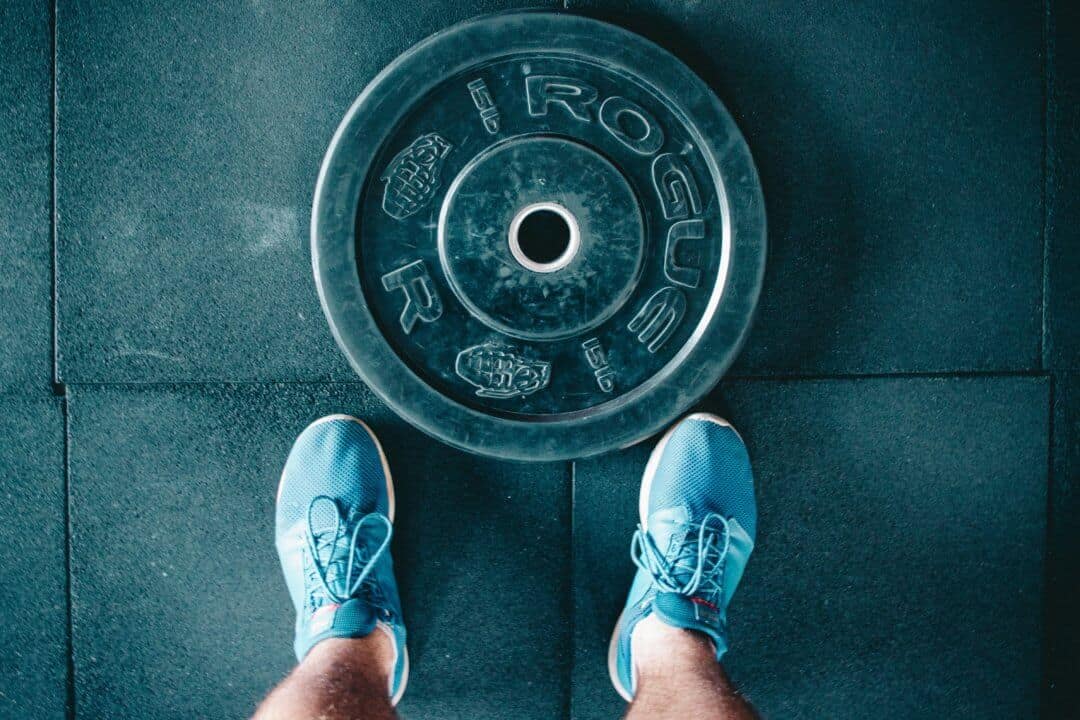
Sit Ups and Co. – how to train properly
Do you experience discomfort when lunging or squatting? Or perhaps you feel pain in your lower back, wrists or knees after a home workout session? Don’t worry – it’s totally normal – but it’s important to rectify your execution in order to avoid injury.
So we asked sports scientist, blogger and personal trainer Zimo Tam from Fitness Agony how we can avoid mistakes and train safely and effectively at home.
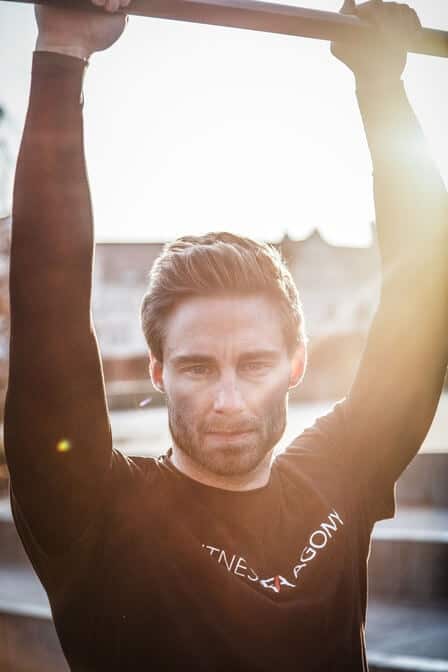
Fitness classes like HIIT, circuit training and Tabata can be perfectly combined with bodyweight training. If you want to learn more about these topics, please visit my fitness blog.
Why the correct execution of movements is important
The quality of your movements is crucial to your training success. In the best case, executing a movement incorrectly will lead to little or no progress. In the worst case, wrong execution can lead to injuries to muscles, cartilage, tendons or ligaments.
Beginners especially should concentrate on learning the correct technique before they start to increase weight and repetitions.
If you have a few years of experience in training, you’re not likely to injure yourself immediately through a wrong movement. But even so, making the same errors repeatedly can quickly lead to irritation and inflammation.
What’s more, a clean technique actually works your muscles harder, meaning you burn more calories.
What you should pay attention to
For each exercise, the quality of the movement should come before the number of repetitions. This means you should perform the movement slowly and in a controlled manner. You should also use the largest possible range of motion so that your muscles learn how to build strength from every position.
In the long term, this will ensure that your muscles are able to support the movement and that your joints are better stabilised to avoid a build up of muscle tension. As a side effect, your body will be able to handle tension better and you’ll feel much stronger.
Squat
The Squat is a classic bodyweight training exercise. It’s perfectly suited to train the entire leg and lower body. If done correctly, it also stabilizes your knees and increases your core tension.
It’s often said that you should keep your knees behind your toes during a squat, but nowadays, various tests and strength measurements have shown that this doesn’t actually harm the knees.
The idea that you should only squat at a 90° angle has also been disproved. The load in the knee joint is highest at a 90° angle so if you go into a deeper squat, the load decreases again.
You should pay attention to this:
Although you’re mostly training your legs with squats, don’t forget about your posture. A straight, upright back provides more stability in a squat and simultaneously trains your core.
You should also pay attention to your knees. These should remain vertically above your feet during the entire movement. Above all, make sure that you do not sink inwards. If this is the case, push your knees outwards until you internalize the motion sequence.
And now for the movement itself. Instead of bending your knees, imagine that you want to push your bottom backwards. Try again and see how deep you can go until your heels lift off the ground. In this way you won’t only train your leg muscles, but you’ll improve mobility in your hip, knee and ankle joints.
Lunges
Lunges are another great exercise for the lower body. The further back you lunge, the more you stretch and open up your thighs and hips.
You should pay attention to this:
Find a place with a non-slip surface. Start in a stable position. Take a long lunge forward to form a right angle in both your front knee and back knee.
Lower your back knee so far that it comes to a stop just before the ground. During the workout, your knee might touch the floor. Place a cushion underneath to avoid any pain.
Push Ups
Push ups are a fantastic bodyweight exercise to work the entire upper body. When done correctly, you not only train your chest, but your arms, shoulders, back and abdomen.
It is currently very trendy to define the “perfect” push up. There are a few things you should pay attention to in order to build up body tension and train as many muscles as possible.
You should pay attention to this:
Your hand position is variable: As a beginner, your hands should be at the height of your shoulders so that the strain on your shoulder joint remains low. The further apart you place your hands, the more you train your chest muscles.
If you place your hands closer to your body or directly next to each other, you train your triceps more. If you place your hands close together, your elbows should point towards your feet, as this is easier on the wrists and shoulders.
Core tension is needed to feel the full impact of a push up. To do this, tense your stomach and buttocks. This way you’ll avoid your back sagging when pushing up. Your body should form a straight line overall.
Crunches
The crunch is often confused with the sit up. The crunch is actually the preliminary exercise to the sit up. However, this does not mean that the crunch is an exercise for beginners only. Because if done correctly, the abdominal muscles are isolated and trained in a concentrated way.
You should pay attention to this:
Lie down on the floor and position your legs so that your knees form a right angle. Raise your head slightly off the floor and place your hands on your chest (this way you will be less tempted to swing your arms for momentum).
Now tense your stomach and lift your upper body slightly off the floor. The whole movement is only a few centimetres, but it activates your abdominal muscles in a very targeted way.
Let’s go! Now Zimo Tam’s told you how to avoid those common mistakes, you can train at home safely and effectively.
Get fit with #HomeSportsClub
Ready to put your new knowledge to the test?! Then book one of our numerous online courses with #HomeSportsClub and bring activity and variety into your everyday life.
Every check-in for a live online course is paid to our partners. With your membership fee, we also support partners whose offering cannot be adapted to an online format, such as climbing, swimming or massage. For further information please click here.
Pictures ©Stephan Tischmann

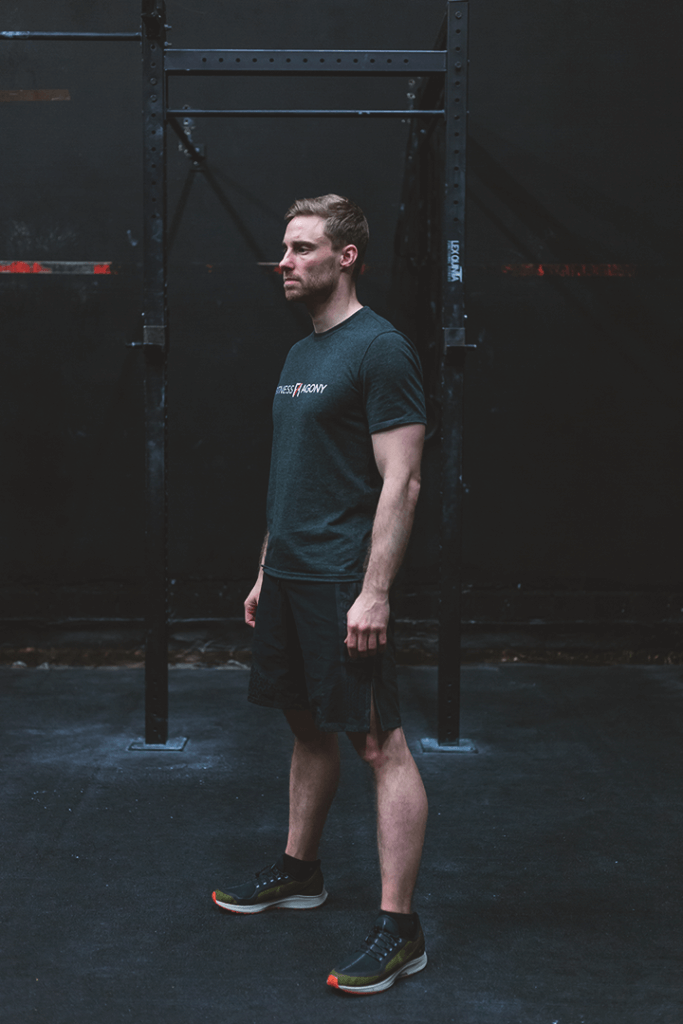
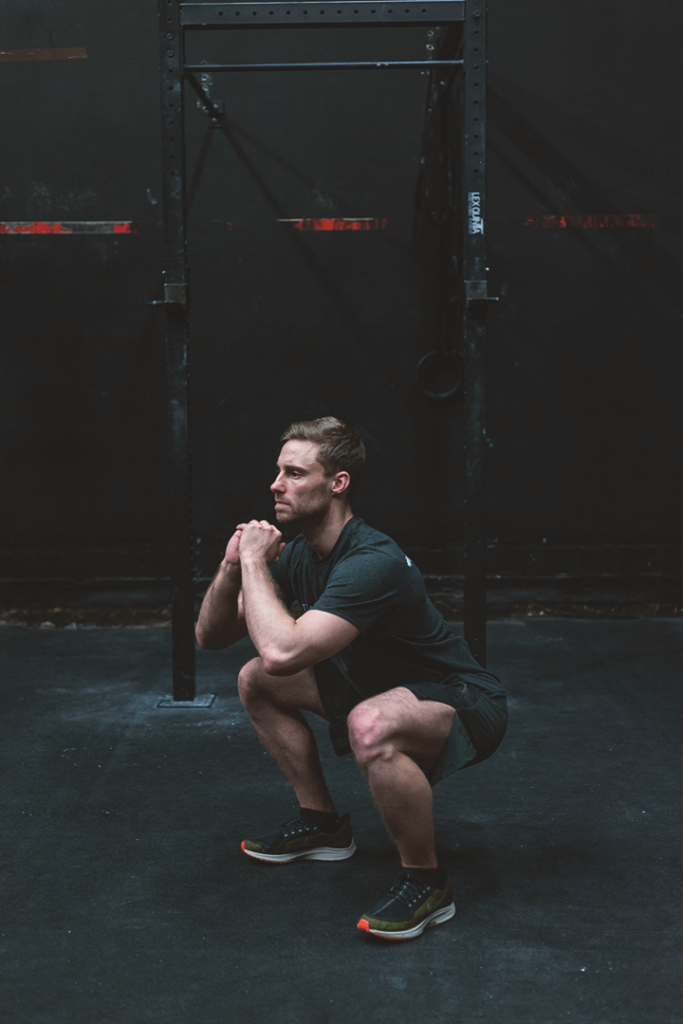
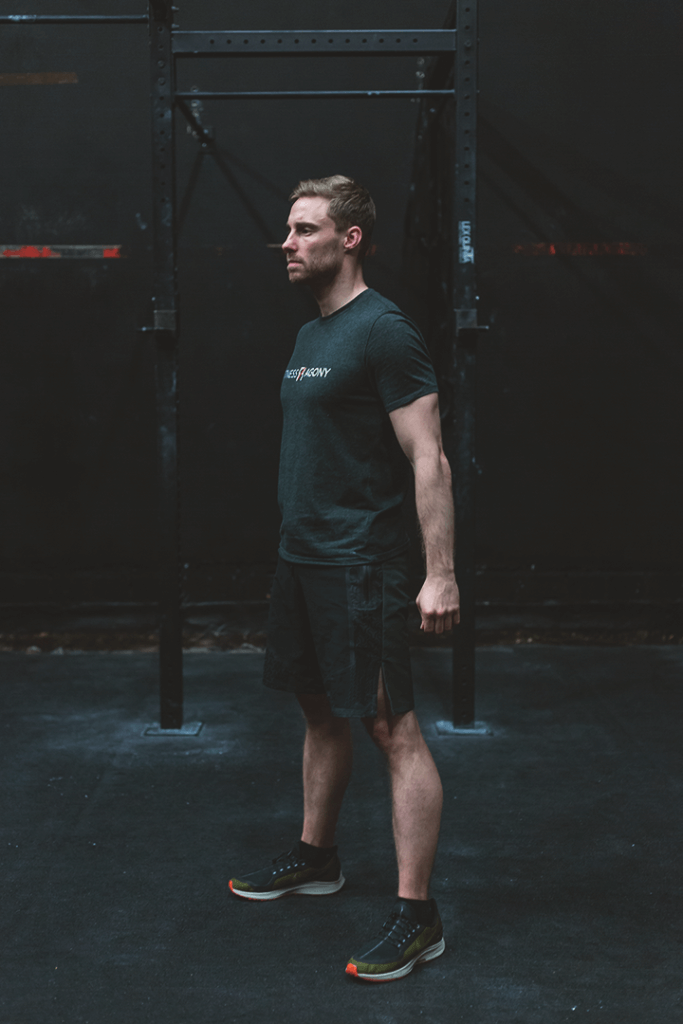
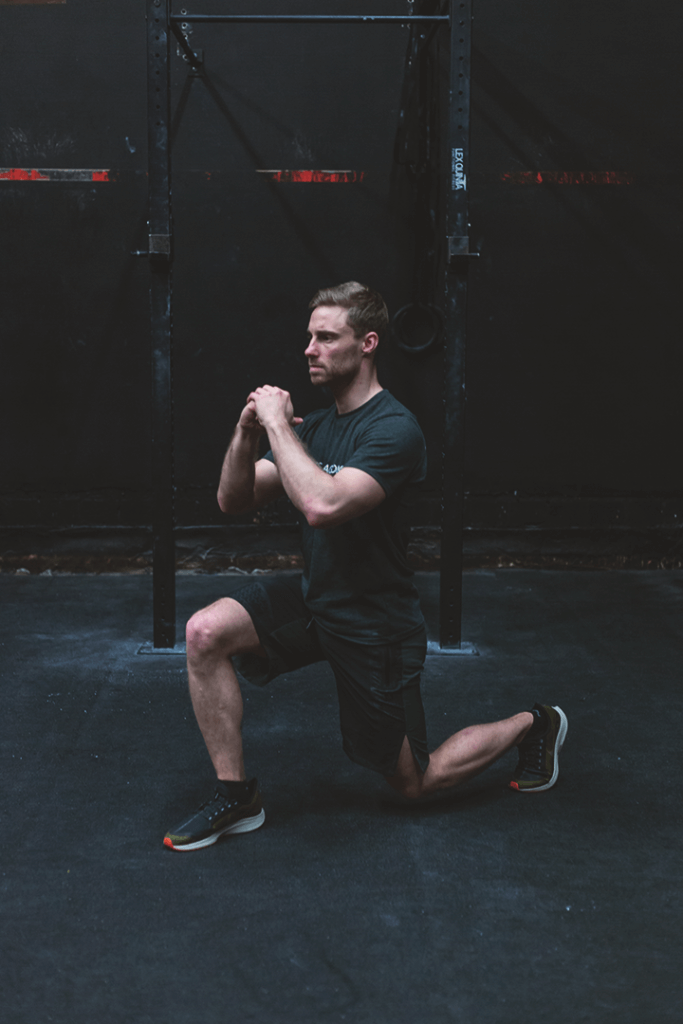
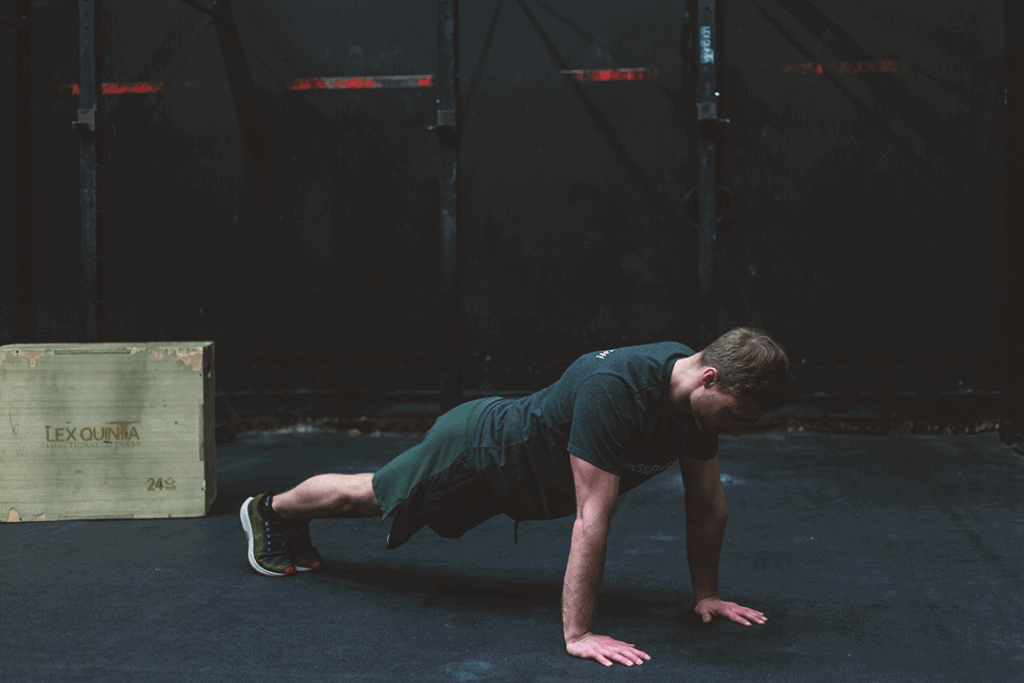
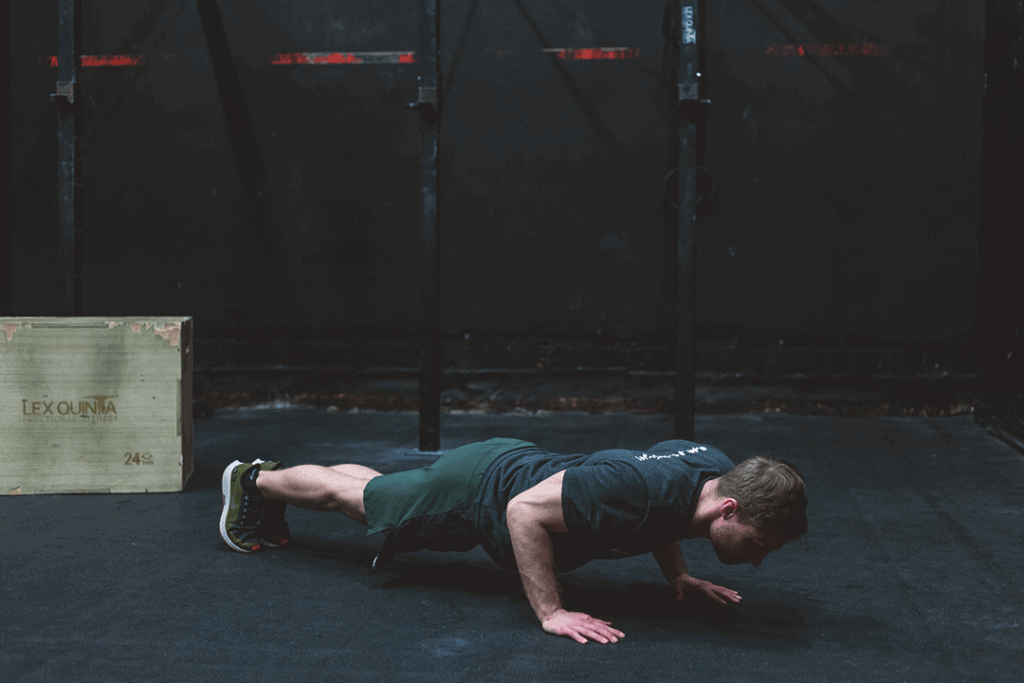
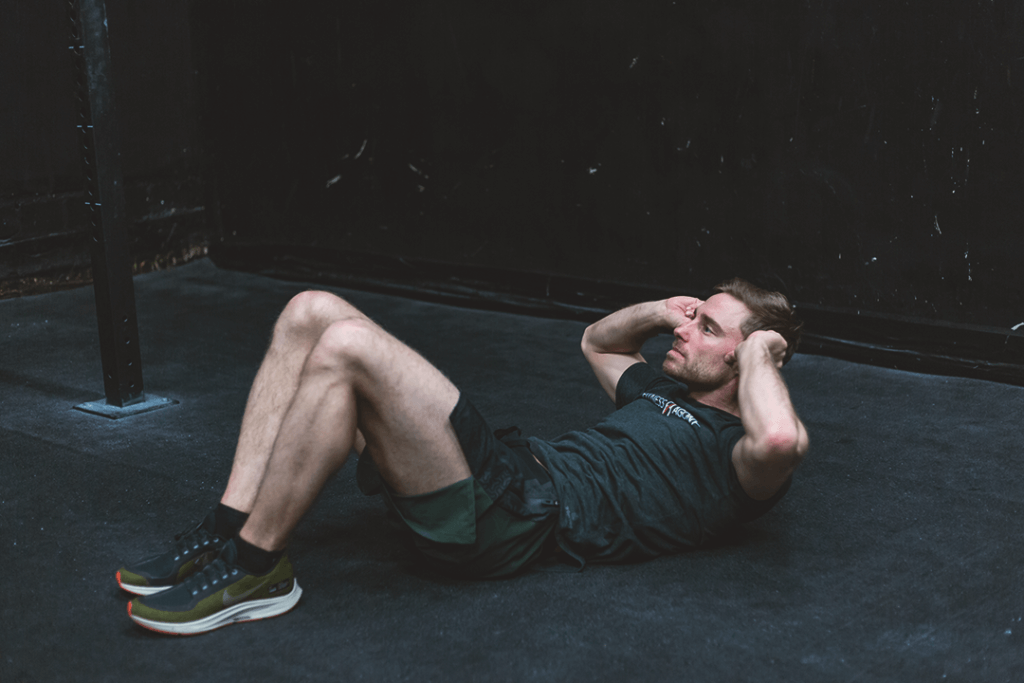
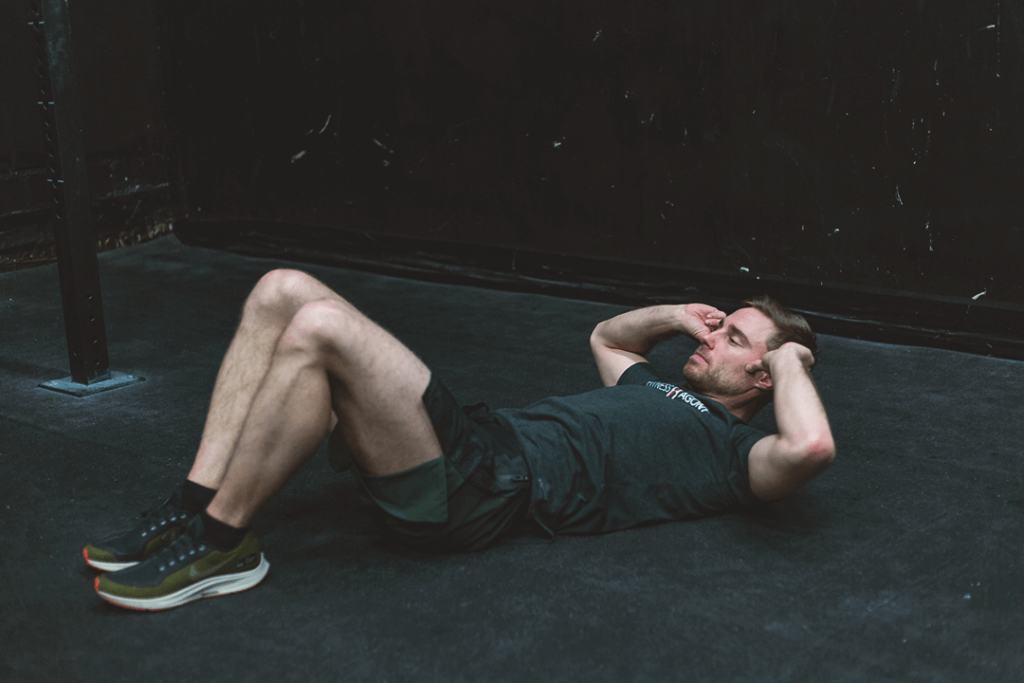


Comments